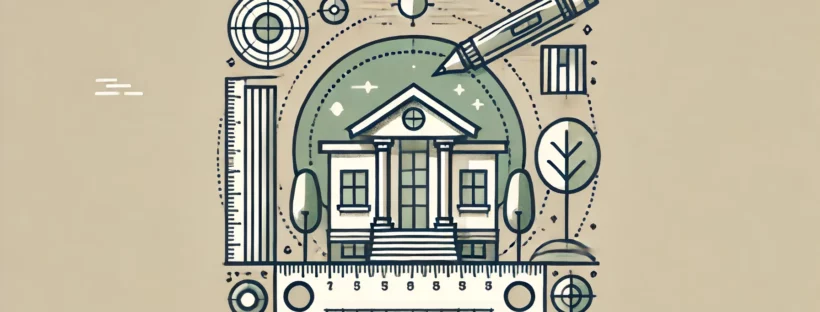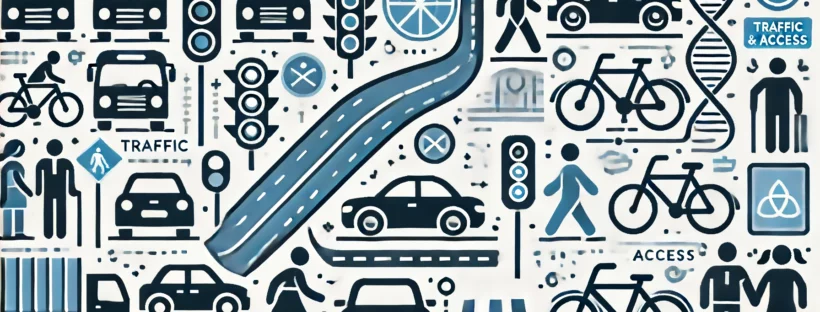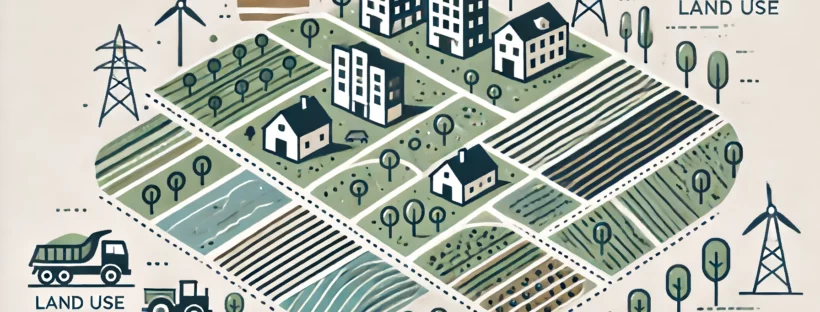Design and Appearance in the context of material planning considerations refer to the aesthetic, functional, and contextual attributes of a proposed development. These considerations ensure that new developments are visually appealing, functionally appropriate, and harmoniously integrated into the existing built and natural environment.
Key Components of Design and Appearance Considerations
How Design and Appearance Considerations Influence Planning Decisions
1. Design Review Panels:
- Many planning authorities use design review panels composed of architects, urban designers, and other experts to evaluate the design quality of proposals and provide recommendations.
2. Local Design Guidelines:
- Compliance with local design guidelines and policies is essential. These guidelines provide specific criteria for building design, materials, and public realm improvements to ensure high-quality development.
3. Public Consultation:
- Input from the public and stakeholders is considered, especially in terms of how the design and appearance of the development align with community values and expectations.
4. Balancing Innovation and Tradition:
- Planning authorities balance the need for innovative design with the need to respect and enhance the existing character of the area. This involves encouraging creative solutions that fit within the broader context.
5. Sustainability and Environmental Goals:
- The design’s contribution to sustainability and environmental performance is a key consideration. Developments that demonstrate a commitment to green building practices and resilience to climate change are often favoured.
Importance in Planning Applications
1. Enhancing Quality of Life:
- High-quality design and appearance contribute to the overall quality of life for residents and users by creating attractive, functional, and comfortable environments.
2. Promoting Sustainable Development:
- Thoughtful design can enhance sustainability, reduce environmental impact, and promote healthy living through features like green infrastructure and energy-efficient buildings.
3. Supporting Community Identity:
- Design that respects and enhances the local character and identity fosters a sense of place and community pride.
4. Economic Value:
- Well-designed developments can increase property values, attract investment, and stimulate economic growth in the area.
5. Legal and Policy Compliance:
- Adherence to design and appearance guidelines and policies is a legal requirement, ensuring that developments meet the standards set by planning authorities.
Conclusion
By thoroughly considering design and appearance in planning applications, planning authorities can ensure that new developments contribute positively to the visual, functional, and environmental quality of the area. This holistic approach promotes sustainable, attractive, and inclusive environments that enhance the well-being of communities and respect the character of existing landscapes.









